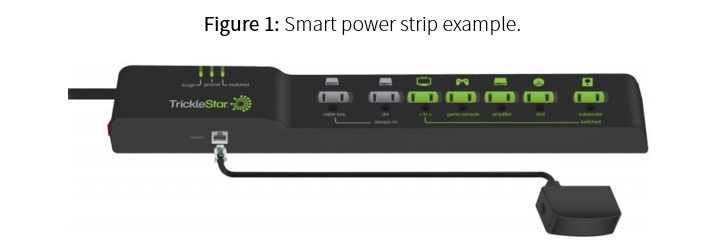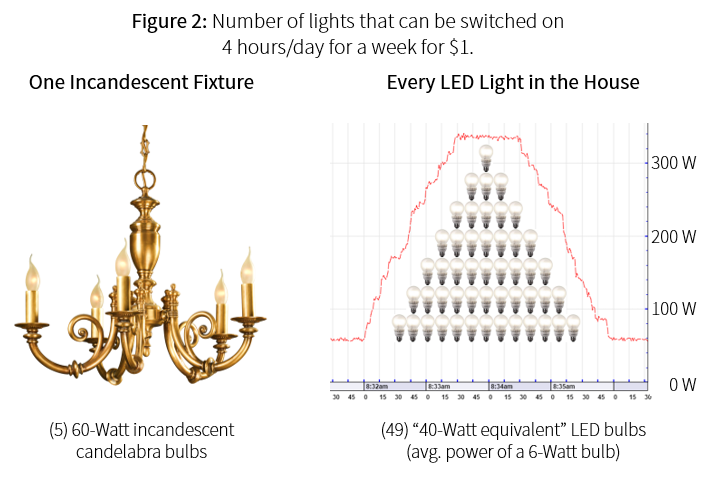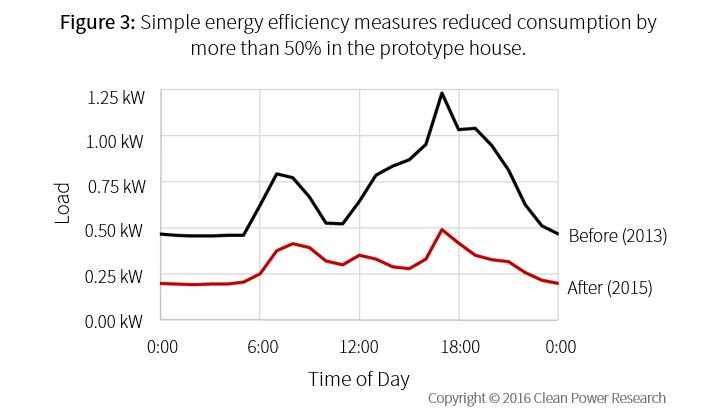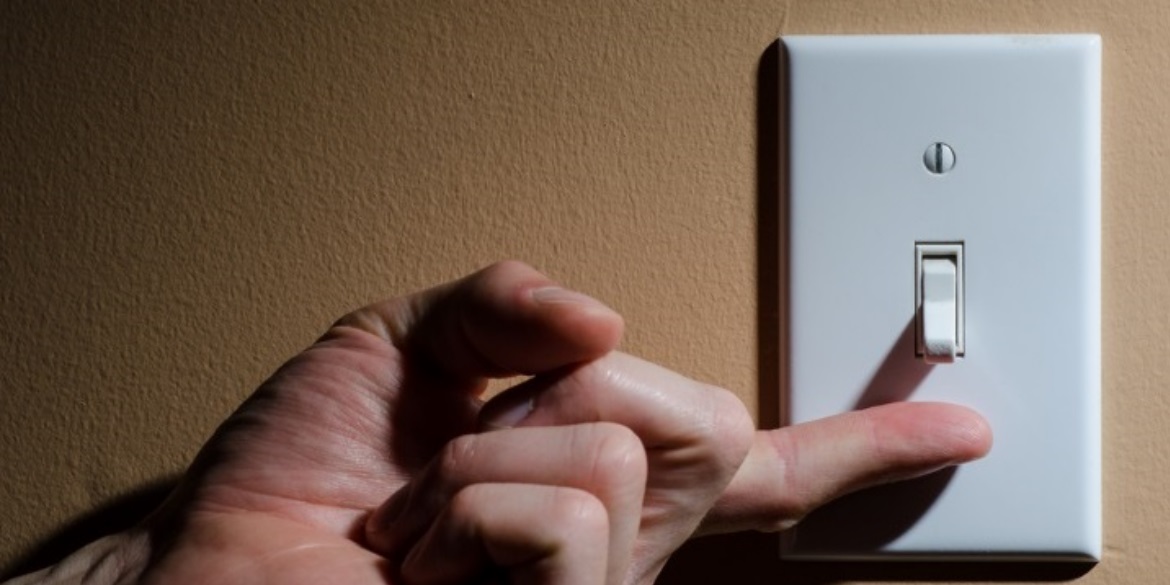This is the fifth article of an 11-part series on Solar+ homes. The series describes how homeowners can combine simple energy efficiency measures, solar PV, electric vehicles and appliance electrification to create households that are fully powered by solar electricity—even in existing homes. A Solar+ home provides substantial economic and environmental savings to the homeowner, and creates load profiles that are low-cost for utilities to serve.
Take advantage of simple efficiency measures to achieve a solar+ home
Simple efficiency measures represent one of the easiest and least expensive steps toward achieving a Solar+ home. Two of the simplest measures are reducing phantom loads and installing LEDs.
Phantom loads
The first simple efficiency measure is phantom load reduction. Phantom loads are so called because most electrical appliances and electronic devices such as TVs continue to draw power even when they are turned off. Phantom loads are also referred to as “vampire” or “plug” loads.
Phantom loads are sneaky little parasites. It seems like a load as small as 10 Watts is irrelevant; however, with phantom loads:
- The loads are always on.
- A house can have a lot of phantom loads.
- A lot of small loads add up to a large load.
Consider an example. Suppose a home has 170 Watts of phantom loads. These phantom loads consume 1,500 kWh per year. This is because 170 Watts x 1 kW/1,000 Watts x 24 hours/day x 365 days per year equals nearly 1,500 kWh. To put this in perspective, it would require the amount of energy produced by 1 kW of PV in a location like California to satisfy this wasted energy.
How do you know if you have substantial phantom loads? While the research is sparse on this topic, we have found that a rough rule-of-thumb is that a house may have addressable phantom loads if its baseload consumption exceeds 250 Watts. Clean Power Research has developed methods to calculate baseload consumption by examining historical load data such as Green Button data or other hourly load or “interval” data that may come directly from the utility.
The solution is two-fold: (1) Unplug unused items that provide no benefit, such as old phones, routers or an old UPS; and (2) Use smart power strips for devices such as TVs, and power conserving switches for items that are occasionally used.

LED lights
The second simple efficiency measure is converting to LED lights. “Turn off the lights” was a phrase I often heard when I was growing up. It was not surprising to hear this admonishment when all lights were incandescent and running them could have a noticeable impact on one’s electric bill.
Today, however, while my dad would still encourage me to turn off the lights, the efficiency of modern lighting technologies is dramatically reducing their energy and cost footprint. The introduction of compact fluorescents (CFLs) cut energy use by 75 percent compared to incandescent lights, and LEDs have reduced consumption by another half to two-thirds. The result is that ten LEDs now produce about as much light as one incandescent light using the same amount of energy.
One way to think about this is in terms of what you can do with a dollar. Suppose you want to operate lights 4 hours per day for a week, and that electricity costs $0.12 per kWh. Figure 1 shows that for one dollar, you can operate one incandescent fixture, or you can turn on all of the LED lights in the house. The graph in Figure 1 was created by turning on and off all 49 LED lights in the prototype house.

The solution is obvious. Replace lights, particularly incandescent ones, with LEDs. This can be done either all at one time or incrementally as bulbs wear out and need to be replaced.
Does this work?
The effectiveness of simple energy efficiency measures can be seen by examining measured data for the prototype house. Figure 3 presents electricity consumption before and after the Solar+ home investments were made at the prototype house. The figure excludes PV production and electricity consumption associated with fuel switching (i.e., electric vehicle, heat pump water heater and electric heating) in order to provide an apples-to-apples comparison.

The figure shows that simple energy efficiency measures reduced consumption by more than 50 percent in the prototype house.
Key takeaway
Large electric energy savings are often feasible using simple efficiency measures. Two of the simplest measures are reducing phantom loads and installing LEDs. Electricity consumption at the prototype house was cut in half using these two measures alone.
Don’t miss the next article in the series! Subscribe now to receive future updates about Solar+ homes.
To go to the next article in the Solar+ homes series, click here.
To go to the previous Solar+ homes article, click here.
To jump to the first article in the series, click here.
